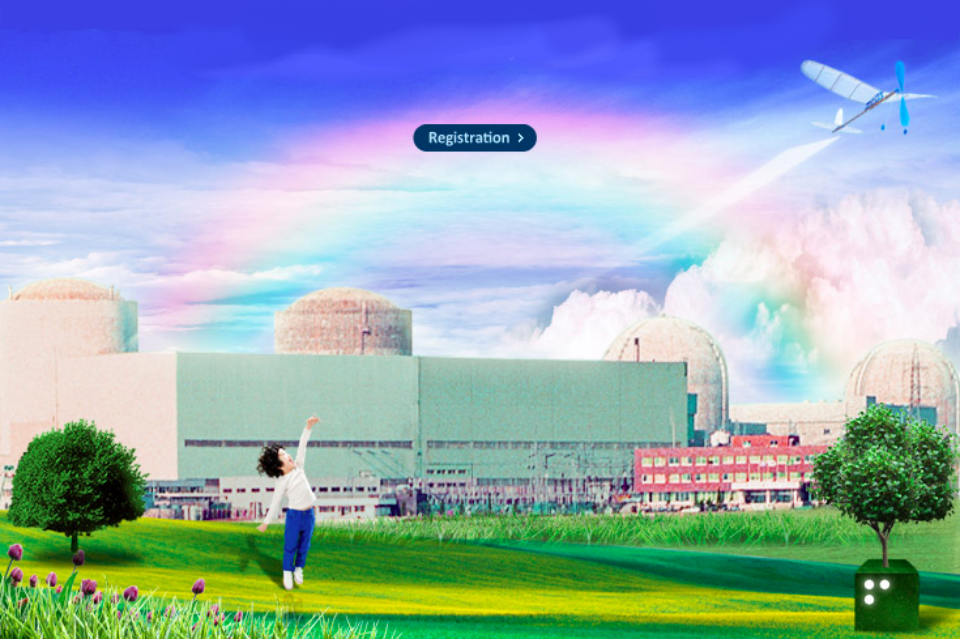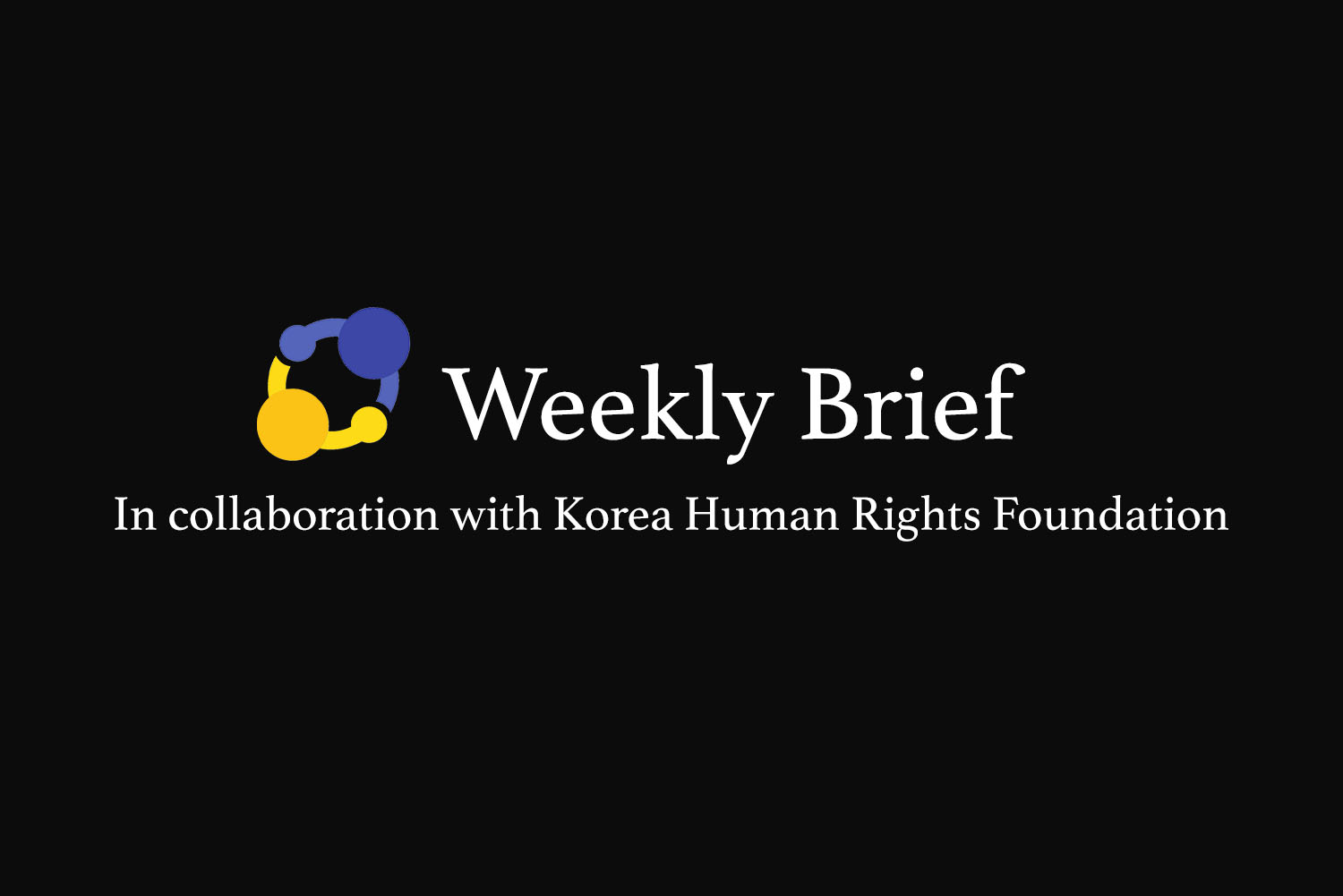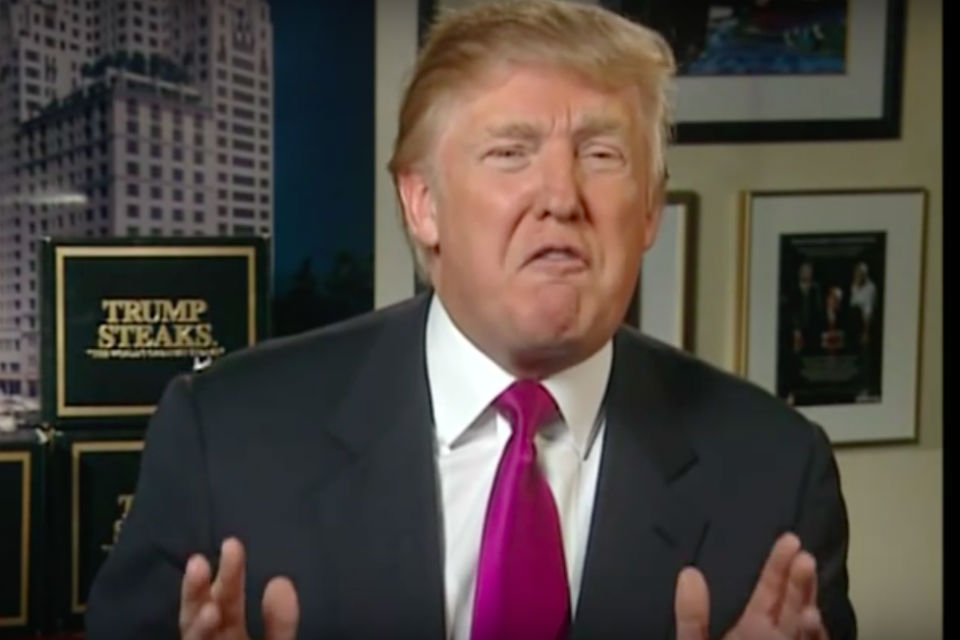
The Myth of S. Korea’s World-beating Nuclear Energy Exports
“Mommy, can I go and play by the nuclear power station?” — The above promotional image is from the website of KEPCO, South Korea’s largest energy provider.
This autumn, South Korean media and netizens were busy arguing out the pros and cons of building new nuclear plants. At a building site in Busan, new reactors lay in the early stages of completion, with construction work suspended by the new Moon Jae-in administration. Moon had promised to wean South Korea off nuclear power, and the fate of the new Busan plant, part of the famous Kori power complex, was seen as a litmus test of his commitment.
Moon decided to entrust the fate of the new Kori reactors to a citizens’ jury, prompting a national debate in which nuclear power advocates worked hard to argue that phasing out nuclear power at home would be folly.
Opponents of power plants pointed to the risk of another accident like that of Chernobyl or Fukushima, to the growing problem of nuclear waste disposal, to the alleged decline of nuclear power worldwide, and to the cleaner and safer alternatives offered by renewables such as wind and solar.
Proponents argued that South Korea’s nuclear plants were safe and could never undergo the same fate as Fukushima Daiichi, that abandoning nuclear energy would lead to soaring electricity bills, that South Korea could never meet its energy needs with renewable sources alone, and that plants had to be built at home to maintain the confidence of potential foreign buyers.
“Which foreign country would turn to a country that is phasing out its own nuclear power plants?” an Oct. 24 editorial in conservative daily Chosun Ilbo asked, concerned about South Korea’s export of nuclear power plants.
The editorial called President Moon Jae-in’s nuclear energy policy “completely schizophrenic” claiming that it “could end up costing Korea valuable export revenues.”
Various media outlets wheeled out the same argument in a stream of pro-nuclear editorials, to the extent where the average reader might assume South Korea was exporting reactors and building nuclear plants across the world in an export success story like that of Hyundai cars or Samsung phones.
South Korea’s 24 nuclear reactors provide 30 percent of the country’s power. But proponents of nuclear energy have more than the domestic market in mind: They argue that exports are a key source of income for the domestic nuclear industry. They claim that abandoning nuclear power at home would deal a double blow by also undermining South Korea’s credibility in selling overseas.
But a look at South Korea’s achievements so far suggests that the country is far from being a powerhouse of nuclear power exports.
80 exports by 2030?
Until recently, the country’s only done-deal nuclear sale overseas was a 2009 contract to construct four reactors at Barakah in the United Arab Emirates (UAE). This is admittedly a huge piece of business, worth over $20 billion. The plant is reportedly set to enter operation next year.
But not much else has happened in the eight years after 2009, despite government statements outlining highly ambitious nuclear export visions. In 2010, World Nuclear News reported that South Korea’s now-defunct Ministry of Knowledge Economy aimed to export 80 nuclear power reactors, worth some $400 billion, by 2030.
In 2015, as this started to look overly optimistic, leading electric utility and export bid leader KEPCO set a target of exporting six reactors, in addition to the UAE plant, by 2020.
Even this was starting to look ambitious, until news broke on Dec. 6 that KEPCO had been picked as preferred bidder to buy NuGen, a Toshiba subsidiary that will build a nuclear plant at Moorside in northwest England. (Toshiba has been looking to sell NuGen following financial difficulties and the bankruptcy of its Westinghouse subsidiary earlier in 2017.)
In fact, as Korea Federation for Environmental Movements (KFEM) pointed out in a statement issued on Dec. 7, the Moorside project is not actually an export sale but an investment: KEPCO would pay the entire construction costs of the plant and then try to recoup its investment by selling electricity in the U.K. market for the next 60 years as an independent power provider (IPP).
(The complex uncertainties of the U.K.’s nuclear power market were recently illustrated in an in-depth article in The Guardian.)
All this means that KEPCO is no closer to achieving its export target of six more reactors by 2020. It now has just two years left to close a deal — so which countries is South Korea currently eyeing up as potential markets?
According to the World Nuclear Association, South Korea is focusing on Egypt, Saudi Arabia, Kenya, the Philippines, Vietnam and Czech Republic as potential customers for its nuclear products and services. But this list is full of potentials, not guarantees.
Chung Bum-jin, a professor of nuclear engineering at Kyung Hee University, described the Czech Republic as the most promising current opportunity for South Korea’s nuclear exports.
But an official from KEPCO, requesting anonymity as is unfortunately customary, claimed to have heard nothing about the Czech bid and said that the corporation was concentrating on Saudi Arabia for the time being.
Super-powered competitors: China and Russia
The superior financing power of rivals Russia and China were partly to blame for South Korea’s lack of export success, professor Chung told Korea Exposé. In many nuclear export cases, the selling country helps out the buyer with a large low-interest loan to pay for the new plant; in this game, South Korea struggled to match the financing power of its two giant Eurasian neighbors, Chung said.
But, he opined, that was about to change: “Russia is running out of money to finance nuclear projects, while Western countries don’t trust Chinese technology.”
Recent events make Chung’s assessment appear optimistic. China’s current involvement in two new nuclear plant builds each in the U.K. and Romania suggests that levels of mistrust in the West are not yet critically high. China is also building two reactors in Pakistan, recently announced an agreement to build a third in the same country, and is due to start building a further plant in Argentina in 2018.
And Russia’s recent agreement with Egypt to build that country’s new nuclear plants suggests that ROSATOM, the former’s state nuclear energy corporation, is not yet a spent force.
Assessments of Russia’s exports are mixed. In June 2016, Reuters argued that the world’s biggest country was running into political difficulties that hampered its nuclear export plans in Eastern Europe and Turkey, and that despite a “flurry of MOU [memoranda of understanding]s” it was far from certain how many of Russia’s overseas atomic power agreements would actually come to fruition.
But a Sentaku magazine article in July 2017 claimed that Russia now has a 60 percent share of the global market, with “contracts to build 34 reactors in 13 countries, with an estimated total value of $300 billion.”
It does appear that both Russia and South Korea enjoy signing headline-grabbing MOUs, and that these MOUs are far from conclusive. For example, Egypt’s agreement with Russia came despite South Korean utility giant KEPCO’s announcement of an MOU with leading Egyptian construction company, Arab Contractors, for preferred bidder status in November 2014.
The Korea Nuclear Association’s promotional video for the country’s APR1400 reactor
Meanwhile, some in South Korean media remain doubtful that the new government is sincere about its promise to help nuclear exports despite trying to wind down the domestic industry.
The conservative Donga Ilbo blasted South Korea’s Ministry of Trade, Industry and Energy (MOTIE) for sending a mere gwajang (department head-level) official to represent South Korea at an International Atomic Energy Agency (IAEA) conference in Vienna in September where Saudi Arabia revealed sweeping nuclear ambitions, claiming that other competing countries were “deploying high-level figures for an all-out diplomatic offensive” given that the potential rewards were worth “trillions of won.”
Gwajang-level or not, MOTIE continues making efforts to woo overseas decision makers on tentative nuclear shopping sprees, as exemplified by the ominously-titled Korean Nuclear Night, a publicity event held in Prague on Nov. 30 this year.
Some experts are still pessimistic about the prospects for South Korea’s nuclear exports.
Lee Heon-seok, representative of environmental group Energy Justice Actions, believes the future is not bright.
“Not many overseas projects are export-style like the UAE plant,” he said. “The trend now is for entering foreign electricity markets as an IPP.”
Lee said that existing players in the European and Middle Eastern markets like France’s EDF or Russia’s ROSATOM were better qualified to meet regulations in these markets. He added that China was emerging as a strong player based on its abundant financial resources.
“A lot of South Korean media reports talk about how we have the best [nuclear] technology in the world, and how we’re ahead of China, but these are very piecemeal, nationalistic claims,” Lee added, arguing that pure technology was no longer as important as being able to make a profit as an IPP in foreign markets.
Park Jong-woon, a professor at Dongguk University’s College of Energy and Environment, told Korea Exposé that South Korea lacked the personnel and financial resources to take on more than one overseas nuclear plant construction project at a time, even if it were to win multiple bids.
Moreover, Park pointed out, overseas nuclear projects were increasingly tied into wider geopolitical strategies.
“In many cases, I don’t think China and Russia are looking to make profit from nuclear plants themselves; rather, they enjoy corollary benefits,” he said. “Russia puts pressure on countries with which it’s already cooperating by providing gas, or militarily, to buy its nuclear reactors. It’s already received more than 30 orders for reactors worldwide in order to expand its influence.
“These sensitive issues need to be taken into account when it comes to nuclear exports, but South Korea just keeps exaggerating about how the whole world acknowledges its nuclear technology,” Park said. “If you want to look at it that way, it’s Russia that the world has acknowledged, by ordering more than 30 of its reactors, not South Korea.”
Critical phase
Certainly, the longer South Korea goes without further nuclear export deals, the harder it will be to argue for more new builds at home in order to support its supposed reputation as an export powerhouse.
Chung of Kyung Hee University asserted that a country needed to build a new plant “every one or two years” in order to remain technologically competitive. “Otherwise, the factories providing parts can’t stay in business,” he said.
By this logic, South Korea will have to build a new nuclear reactor at least every two years at home if it fails to secure an overseas order. In a country that already has more than enough electricity generation capacity to meet demand, the wisdom of this route is questionable.
It now remains to be seen how KEPCO fares against foreign rivals in the Czech Republic, Saudi Arabia, Kenya and other countries. With each year that goes by without another deal, the legend of South Korea’s global nuclear prowess will become harder to sustain.
Perhaps not surprisingly, nuclear industry proponents express optimism about the global market. In response to claims that worldwide demand for nuclear plants was waning, Chung said that this was far from the case, saying, “There are currently 59 reactors under construction worldwide, and about 160 more planned.”
But this in turn begs the question: If almost 60 reactors are being built, why are so few of them being built by South Korea?
Cover image: “Mommy, can I go and play by the nuclear power station?” (Source: KEPCO)
*
Read our coverage of 2017’s most interesting energy stories in South Korea:

